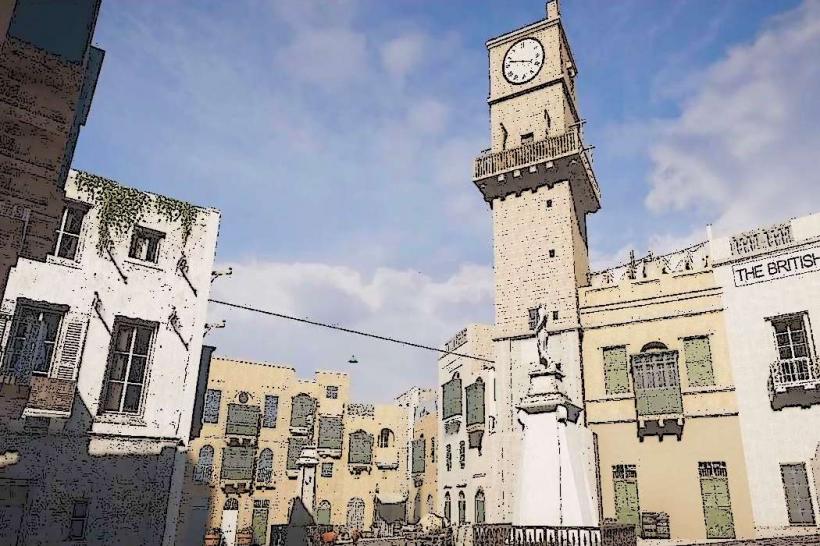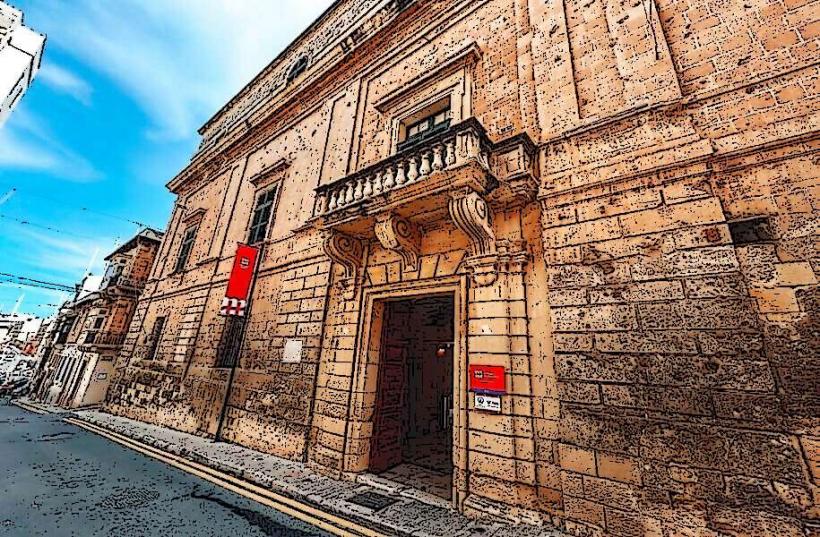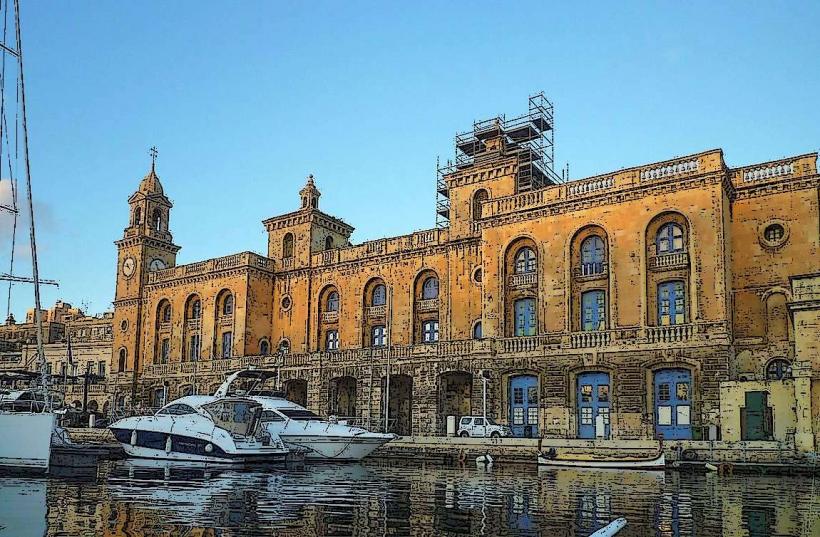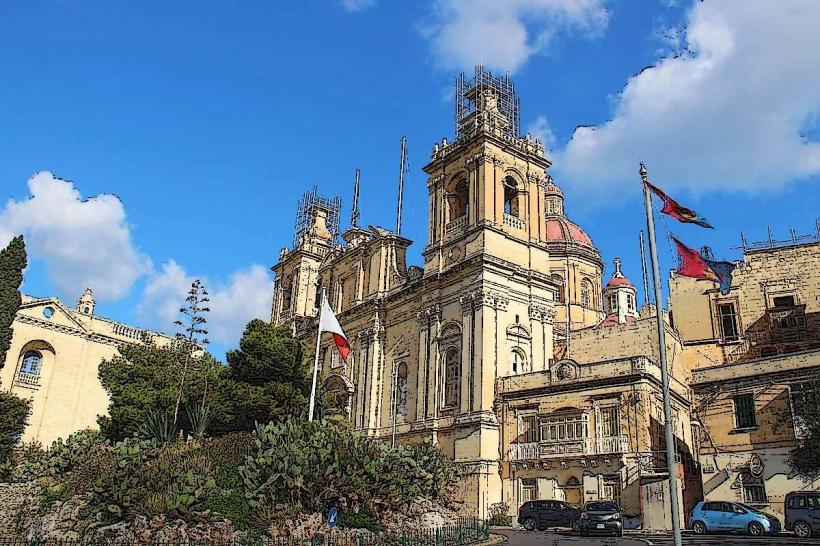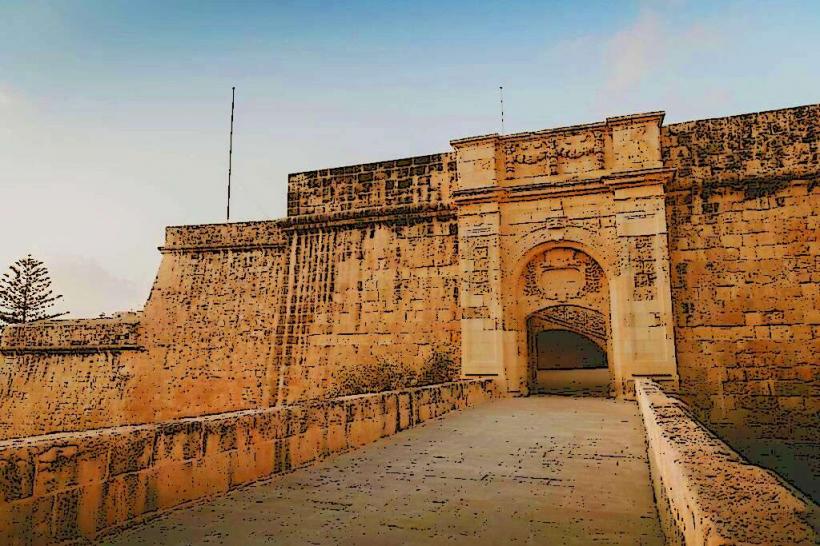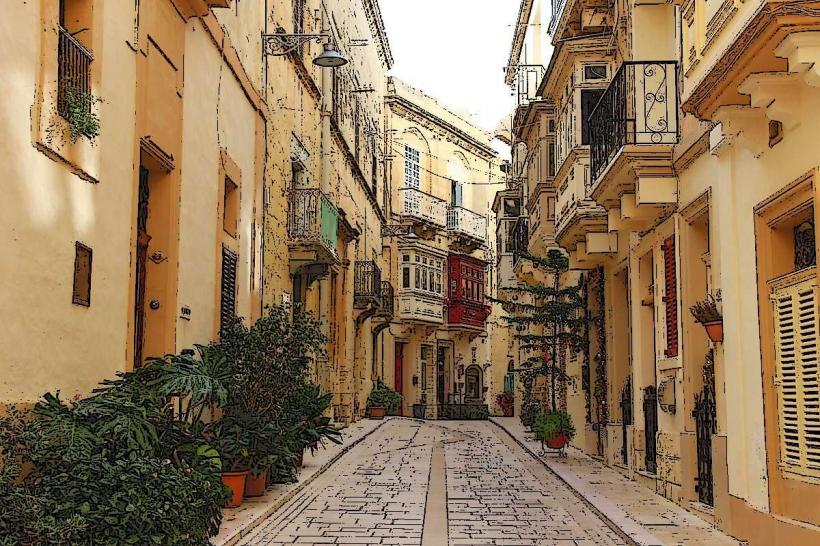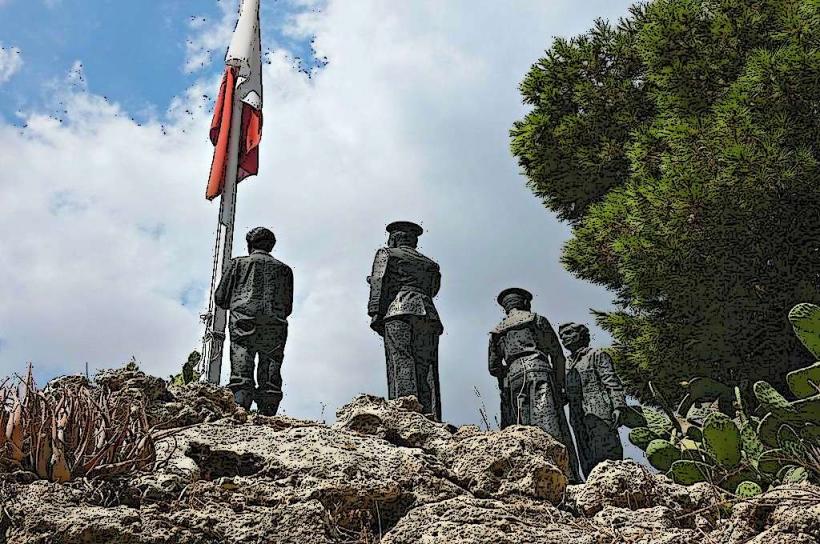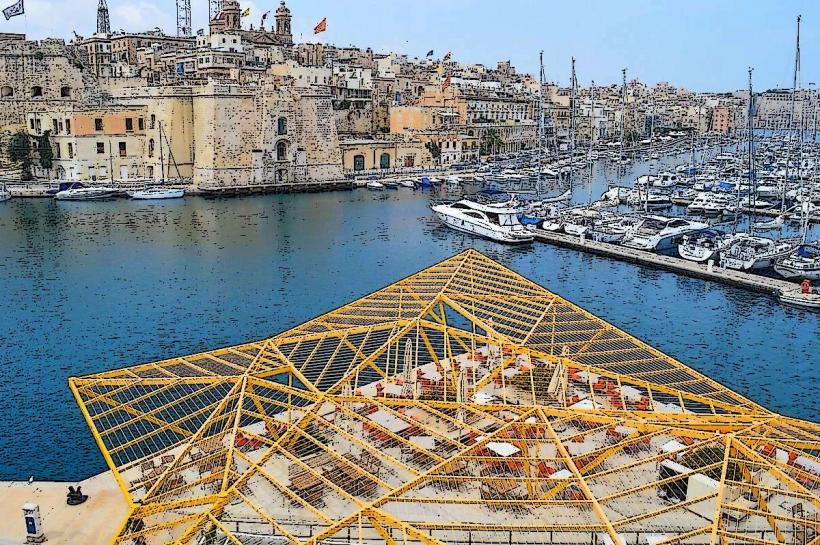Information
Landmark: Fort St. AngeloCity: Birgu
Country: Malta
Continent: Europe
Fort St. Angelo is one of the most significant historical and military landmarks in Malta. Located at the tip of the Birgu Peninsula in the Grand Harbour, the fort has played a crucial role in the island's defense throughout its history, particularly during the Great Siege of Malta in 1565. The fort's strategic position allowed it to oversee and control access to the Grand Harbour, making it a key defensive stronghold for the Knights of St. John, and later the British and Maltese forces.
Historical Background
- Fort St. Angelo dates back to late medieval times, originally built by the Normans in the 12th century. However, its most notable construction and expansion took place during the time of the Knights of St. John.
- In 1530, when the Knights of St. John were granted Malta by the Holy Roman Emperor Charles V, the knights made Fort St. Angelo their headquarters. They began significant fortifications to strengthen its defensive capabilities, transforming it into one of the most important strongholds on the island.
- The Great Siege of Malta (1565) was a turning point in the fort's history. Fort St. Angelo played a pivotal role in the defense of the island when the Ottoman Empire launched a massive siege to capture Malta. The knights, along with Maltese defenders, successfully resisted the siege, with the fort serving as the central base of resistance.
- In the 17th and 18th centuries, the fort was further reinforced and expanded under the supervision of the Knights. The addition of heavy artillery and new bastions made it one of the most formidable forts in the Mediterranean.
- After the Knights of St. John left Malta in 1798, following the arrival of Napoleon Bonaparte, Fort St. Angelo was taken over by the French and later the British when they took control of Malta in 1800. The British made additional modifications to the fort, including a new set of barracks and gun emplacements.
- The fort remained an important military stronghold under British rule until 1979, when Malta gained independence, and the British military withdrew. The fort was handed over to the Maltese government.
Architectural Features
- Fort St. Angelo is built in a star-shaped layout, a typical design of the Renaissance military architecture. The fort is made up of a series of ramparts, bastions, and curved walls designed to withstand artillery bombardment and provide a defensive position.
- The fort’s central area includes several buildings, including a granary, barracks, and a chapel, as well as a variety of defensive structures like gun platforms and moats.
- One of the most remarkable features of the fort is its artillery positions, particularly the large cannons that were placed on the fort's ramparts. These weapons were used for both defensive and offensive actions and are a testament to the fort’s military significance.
- The Knights' Hall, located within the fort, is where the Knights of St. John would have conducted important meetings and ceremonies, and it remains a notable feature within the fort complex.
Strategic Importance
- Fort St. Angelo's position at the tip of the Birgu Peninsula allowed it to control access to the Grand Harbour, which was a key naval gateway in the Mediterranean. During the time of the Knights of St. John, the fort was instrumental in defending against pirate attacks and Ottoman invasions.
- Its strategic location also made it a powerful symbol of the knights’ military power, and it served as a hub for military operations, training, and planning throughout the centuries.
- The fort was involved in numerous naval engagements, and its artillery was used to defend Malta from various invaders, including the Ottomans, French, and British.
Visiting Fort St. Angelo
Today, Fort St. Angelo is a museum and tourist attraction that offers a glimpse into Malta’s military and colonial past. Visitors to the fort can explore its historic ramparts, bastions, galleries, and underground passages. Some highlights for visitors include:
- The Grand Hall: The large hall inside the fort was once used for meetings and social events, and it now showcases exhibits related to the fort’s history.
- The Knights' Hall: A historically significant room that housed the knights’ meetings and administrative functions.
- The panoramic views: The fort offers breathtaking views of the Grand Harbour, Birgu, and the surrounding areas, including Floriana and Valletta. The views from the ramparts are especially impressive, making it a great spot for photography.
- Cannons and Artillery: Visitors can see the fort’s historic cannons and learn about the military tactics employed during the Great Siege and later periods.
Restorations and Modern Day
- Fort St. Angelo has undergone several restorations over the years to preserve its structural integrity and historical significance. Efforts have been made to restore key areas of the fort, including its ramparts, inner buildings, and defensive walls.
- The fort is now under the management of Heritage Malta, the national agency responsible for preserving Malta’s cultural heritage. It is regularly open to the public and often hosts events, exhibitions, and educational programs aimed at increasing public awareness of Malta’s history.
Conclusion
Fort St. Angelo stands as a testament to Malta's long history of military defense and strategic importance in the Mediterranean. From its early medieval origins to its role in the Great Siege of Malta and subsequent centuries of use by the Knights of St. John, French, and British, the fort has played a critical role in shaping the island’s history. Today, it is one of Malta’s most important historical and cultural landmarks, offering visitors a chance to step back in time and experience the island’s military past in one of its most iconic locations.

